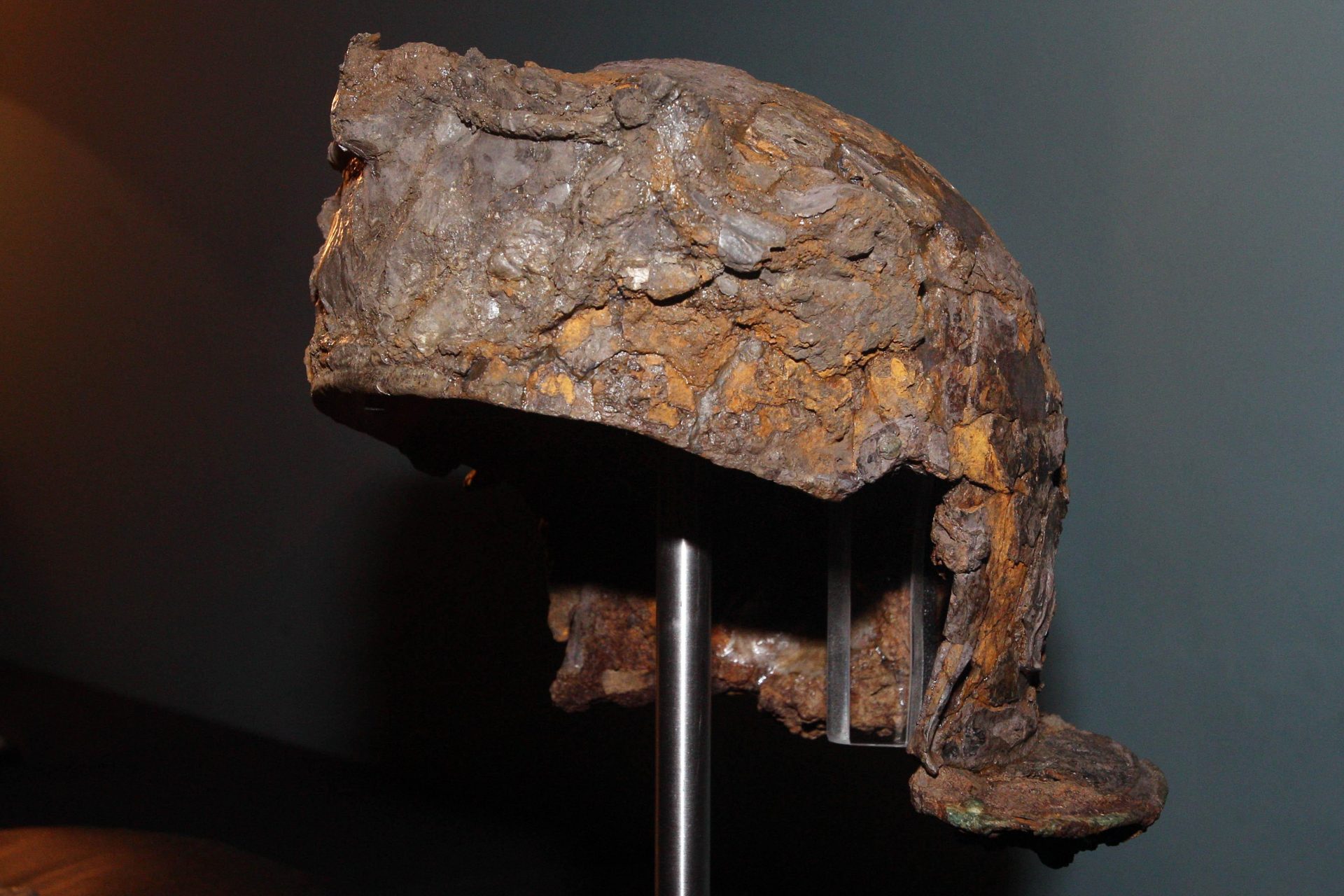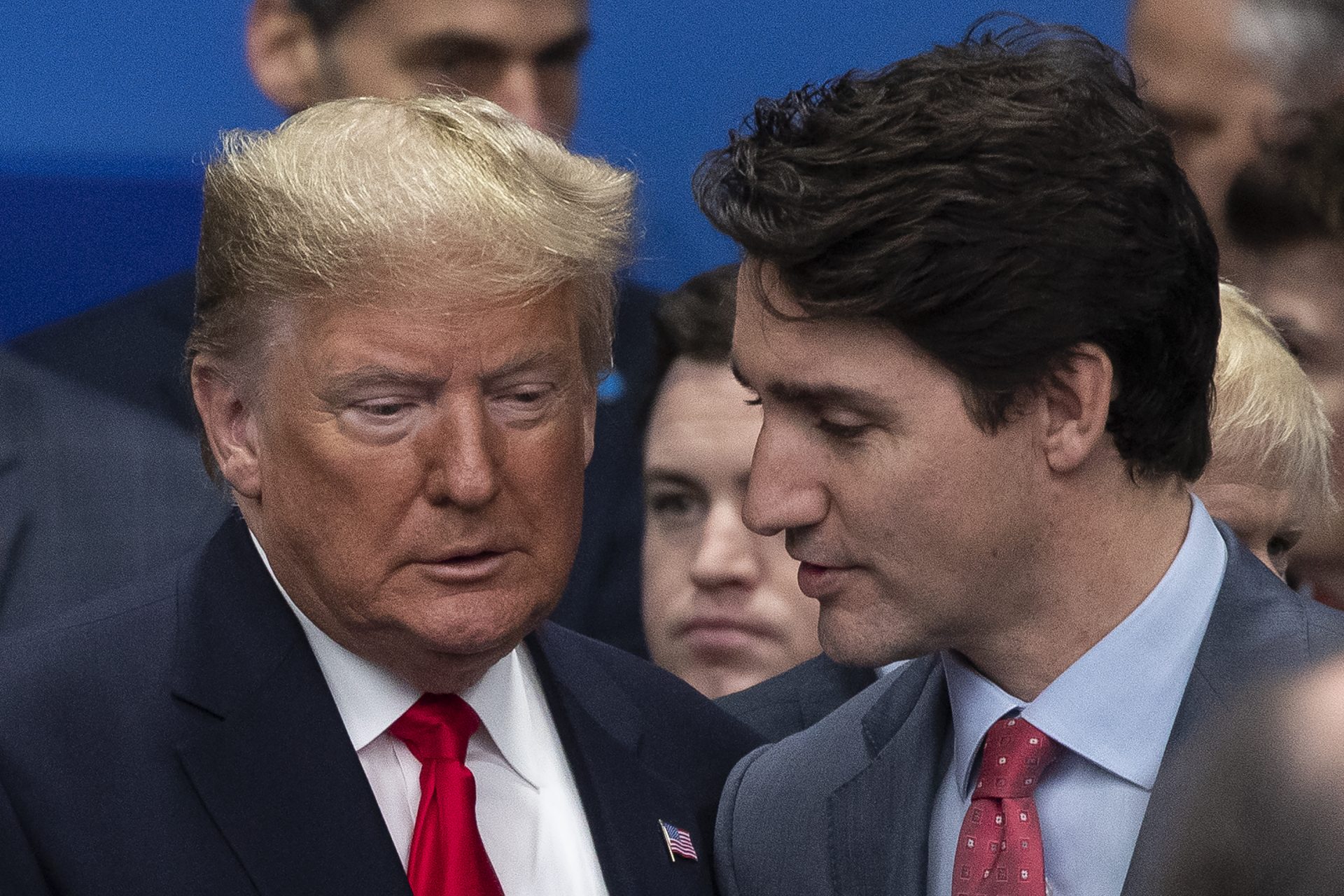Blockbuster: the story of how a bad business decision doomed the video-rental giant
Netflix is a streaming giant with more than 200 million subscribers worldwide, which has changed the way we watch movies, television shows, and documentaries.
Netflix today is what Blockbuster was 25-30 years ago. It might seem like ancient history, but remember the days when a Blockbuster opening up in your town was oh-so-exciting??
Thanks to Netflix, viewers now have an entire video store available to them at a single click, with the possibility of watching the content whenever and wherever they want. And best of all - no worries about returning that VHS or DVD on time!
Blockbuster's success at the beginning of the 21st century seemed utopian. And precisely because of this, Blockbuster made the biggest mistake in its history with Netflix. A mistake that would cause them to go bankrupt and disappear.
Blockbuster was the most well-known chain of video rental stores. Their blue and yellow logo was known worldwide, and as we said, it was THE video rental store that we all wanted to go to back in its glory days.
In 2004, Blockbuster reached the height of its popularity, with more than 9,000 stores worldwide and 60,000 employees. The Blockbuster brand image rubbed shoulders with giants like Nike or Coca-Cola. The image here shows that in November of 2004, there were 5,716 stores in the USA alone.
(Photo: Youtube/V1 Analytics)
Interestingly, by then, Blockbuster had already signed its corporate death warrant.
It was in 2000 when a small start-up proposed a revolutionary idea to Blockbuster. Reed Hastings, the founder of the small company, met with John Antioco (pictured), CEO of Blockbuster, to make his proposal.
The young entrepreneur proposed to the giant that they diversify the products they have on offer. The proposal included everything from offering unlimited rentals through a monthly fee and the possibility of online rentals.
Reed Hastings proposed to John Antioco the opportunity to join his start-up, and they would take on these changes, modernizing Blockbuster's outdated business model. The response of the CEO of the video store chain was to laugh at the young businessman, reject his proposal and throw him out of his office.
John Antioco had just rejected, in 2000, the purchase of Netflix for ... 50 million dollars! A company that, in mid-July 2021, is valued at 240,000 million dollars.
More than two decades later, just look at where Netflix is and where Blockbuster is: Netflix has its luxurious headquarters on Sunset Blvd. in Hollywood, and Blockbuster is nothing but a faint memory.
Before the internet boom, the streaming platform began with a content rental system, sending DVDs to US homes by mail in the famous red envelopes.
Even though Blockbuster had a few more years of glory, the arrival of streaming caught them off guard, and they did not know how to adapt. Although in 2006, they borrowed the idea of the monthly fee for unlimited rentals.
When Blockbuster tried to change its business model, it was too late. Thus, in September 2010, the company declared bankruptcy, and its recognizable video stores became a thing of the past.
(Photo: By Rept0n1x)
Netflix, on the other hand, began its unstoppable growth and while Blockbuster went bankrupt, the streaming giant had already earned 15 million subscribers.
Netflix proved to Blockbuster that times were changing, and to succeed, adaptation was necessary. Unfortunately, Blockbuster got the message a little too late, and the company must deeply regret not accepting Netflix's offer to buy the company for just 50 million dollars.
More for you
Top Stories






























